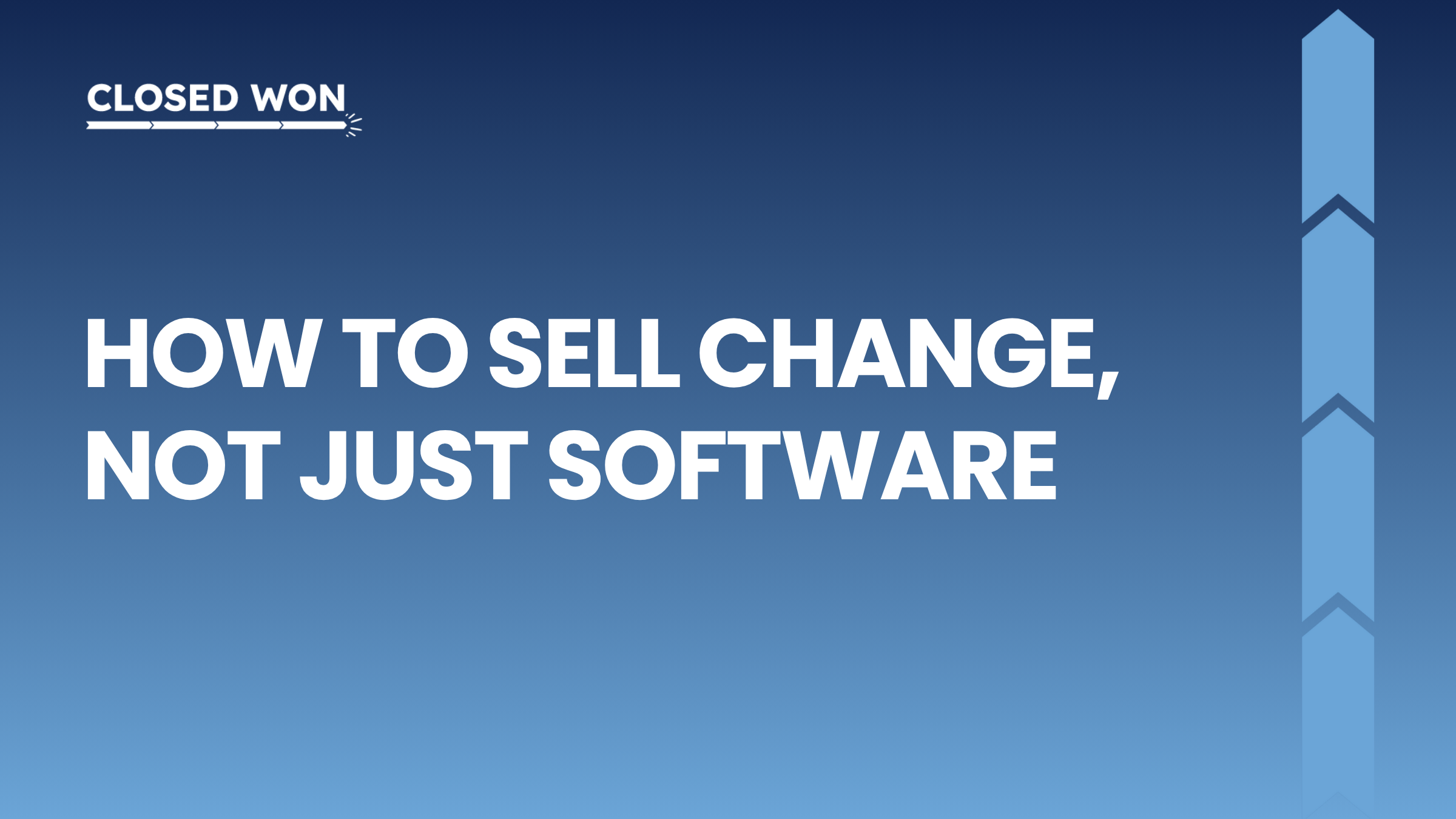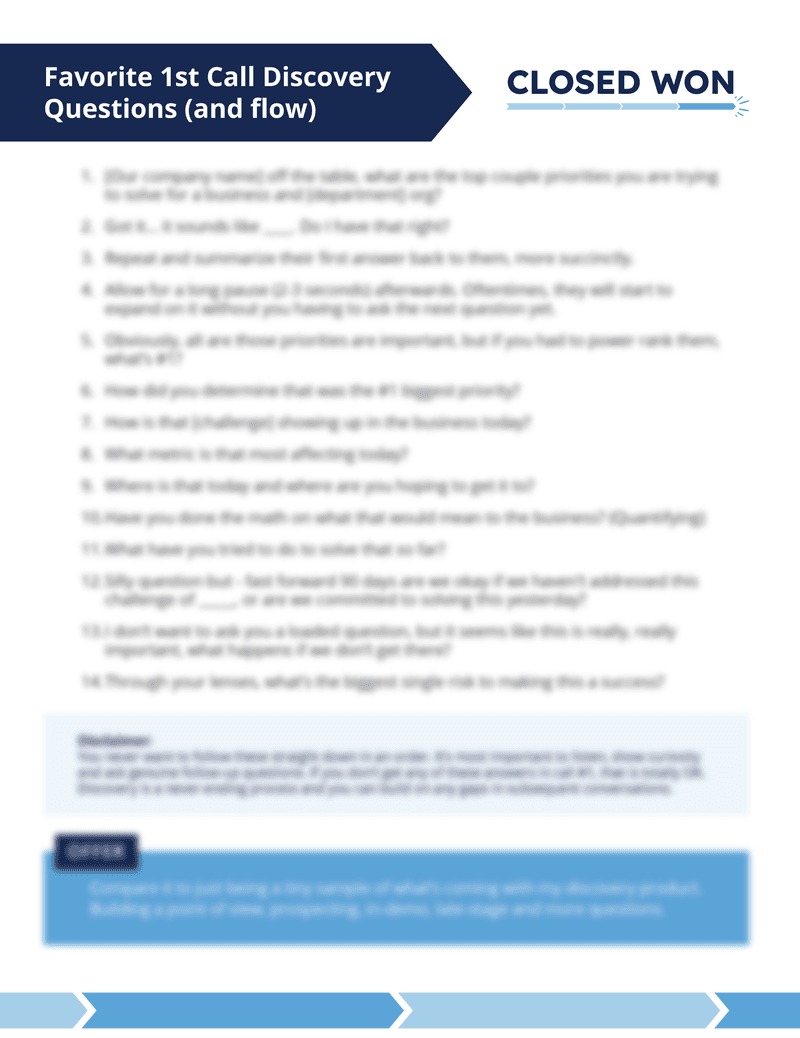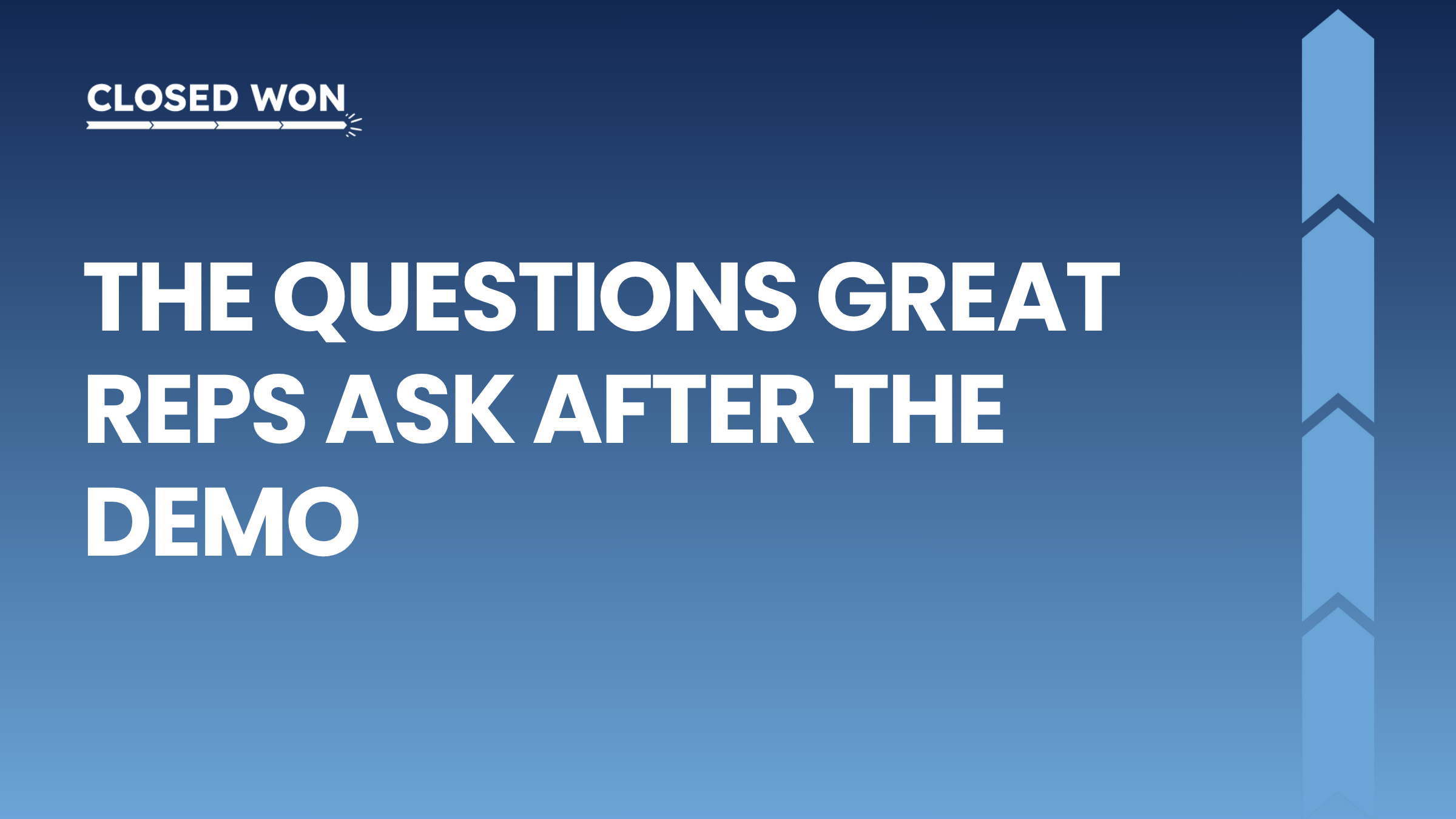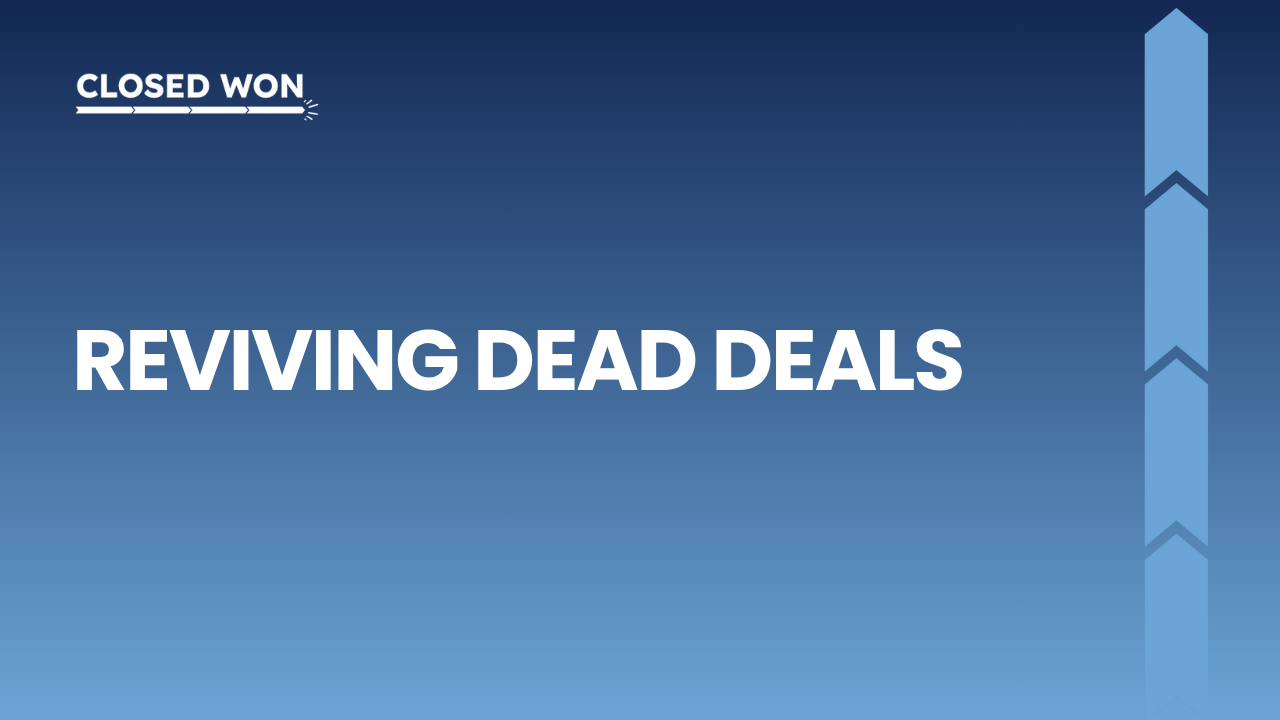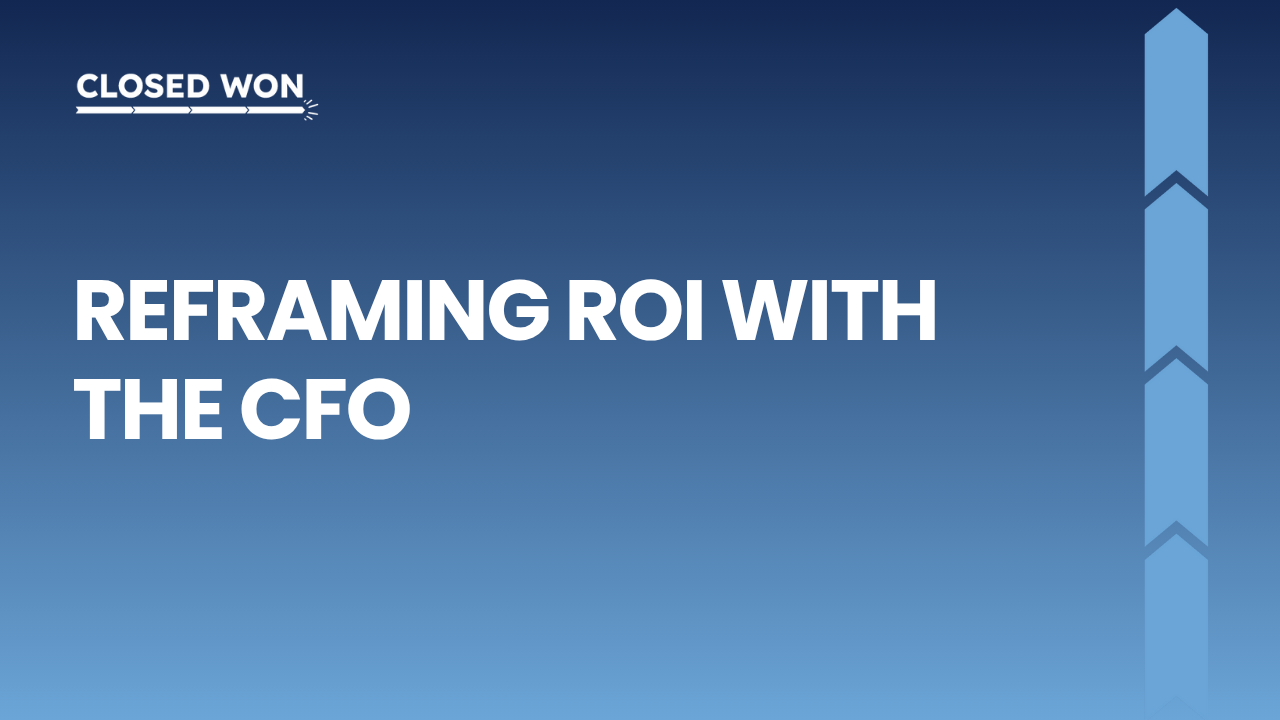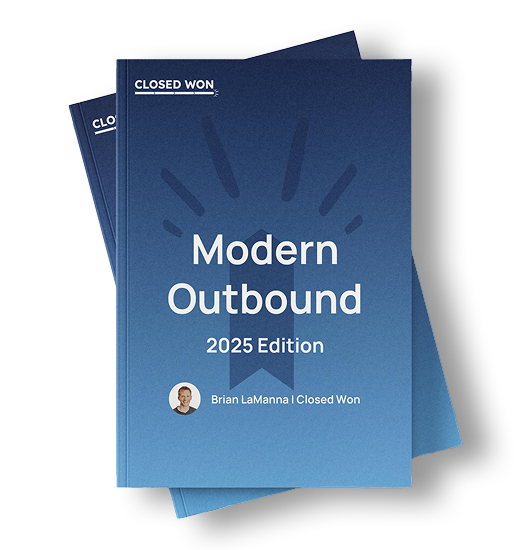7 weeks left in Q4. And you’re behind.
SPONSPORED
You know the drill: Low connect rates. Bad data. Emails in spam. Tab-hopping between five tools just to send one email.
Here’s how to close the gap.
Join outbound experts from Common Room, Smartlead, and FullEnrich to see the complete workflow that’s actually working: Context → Contact Info → Connection— in one platform.
What you’ll get:
5 proven plays designed to accelerate Q4 pipeline fast
Templates, call scripts, and sequences you can deploy Monday morning
Live demos showing signal-to-outreach in under 5 minutes
Real results from teams using this workflow to hit their numbers
Sales leaders and reps—stop losing deals to friction.
Register: https://luma.com/dfg1jggm
📚 – DemandJen-isms you’ll want to know
NEWS TO KNOW
📝 – 7 ways to put a NEW spin on old discovery questions
💸 – Pre-Call Prep Musts + Template
How to Sell Change, Not Just Software
Your prospect just told you they’re “happy with their current solution.” Sound familiar?
Here’s the thing: most deals don’t die because your product isn’t good enough.
They die because people are comfortable doing things the way they’ve always done them.
As Jen Allen-Knuth recently shared… would you change houses every time your realtor found you a better house?
No, of course not. Moving sucks.
You’re not just selling software. You’re selling change.
And change is scary.
The Real Enemy: Status Quo Bias
Status quo bias is your biggest competitor.
It’s not always the other vendor.

It’s the voice in your prospect’s head saying “why fix what isn’t broken?”
The Cost of Inaction Framework:
Instead of leading with features, lead with consequences.
Try this three-step approach:
- Current State Reality Check: “Walk me through how you handle [specific process] today. How long does that typically take your team?”
- Amplify the Pain: “So if I’m doing the math right, that’s about 20 hours per week across your team. Over a year, that’s roughly 1,000 hours of manual work. What could your team accomplish with an extra 1,000 hours?”
- Future State Contrast: “What if instead of spending those 20 hours on manual tasks, your team could focus on strategic initiatives? What would that look like for your business?”
The “No Line Item” Challenge
Here’s a common scenario: Finance says “we don’t have budget for this type of solution.”
Translation: they’ve never bought your category before, so it doesn’t exist in their planning.
The Category Creation Play:
- “I get it. 90% of companies don’t have a dedicated budget for [your category]. That’d make my job easy. Companies are reallocating budget from other areas if they deem it’s a big enough priority. Tell me more about what else you’re investing in today?”

Vision Selling: Help Them See the Future
People buy based on emotion and justify with logic.
You need to help them feel what success looks like.
The Day-in-the-Life Technique: “Picture this: It’s Monday morning, six months from now. Instead of starting your week with a two-hour status meeting trying to figure out where everything stands, you get a five-minute briefing from the system. Your team is already executing, not reporting. How does that change your Monday?”
The Ripple Effect Method: Don’t just show them the immediate benefit.
Show them the second and third-order effects:
- “When you save 10 hours per week, your team doesn’t just go home early”
- “They take on higher-value projects”
- “Which improves their skills and job satisfaction”
- “Which reduces turnover”
- “Which saves you $50K per hire in recruitment costs”

Tactical Proof: Pilots, POCs, and Sandboxes
When you’re selling change, seeing is believing. Pilots can often be your friend if your solution is pilot-able.
I’ve ran 100+ pilots at Gong. Here are some of my must-have’s if I’m going to agree to run one.
Putting It All Together
Your next sales conversation should follow this flow:
- Challenge their current approach with data
- Show the true cost of staying the same
- Paint a vivid picture of their improved future state
- Offer a low-risk way to test that future
Remember: you’re not selling software features. You’re selling them a better version of themselves.
The prospects who buy aren’t necessarily the ones with the biggest problems. They’re the ones who can envision a better way of doing things.
Your job is to be their guide to that better future.
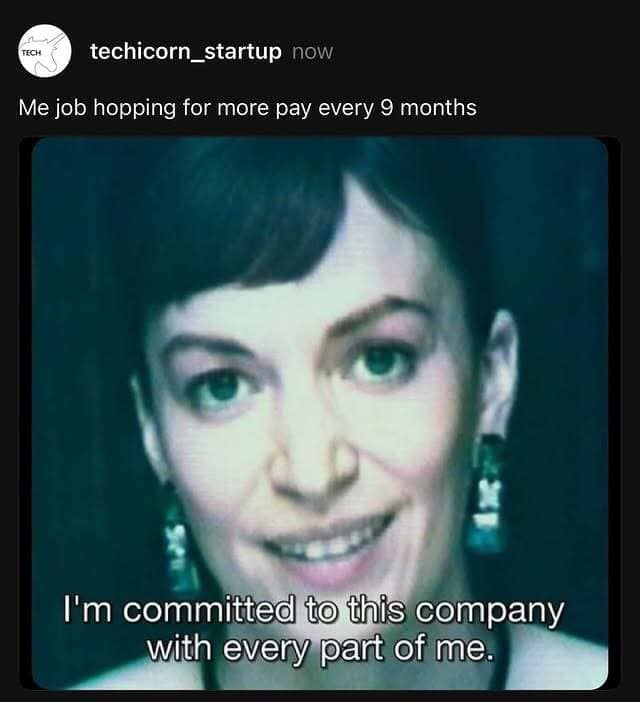
Win the week!!!

